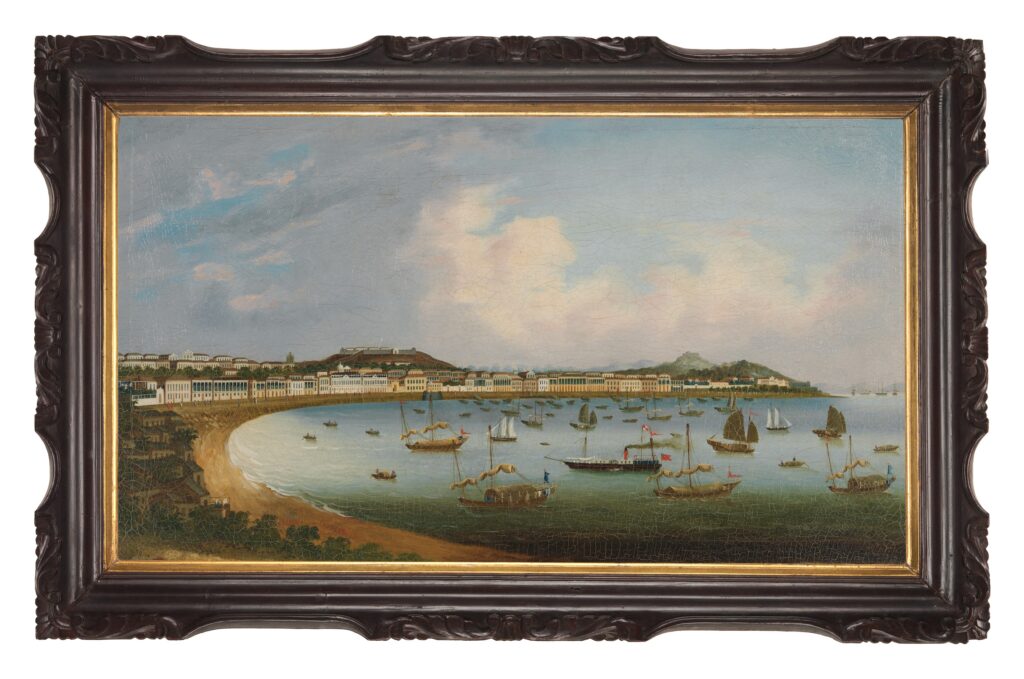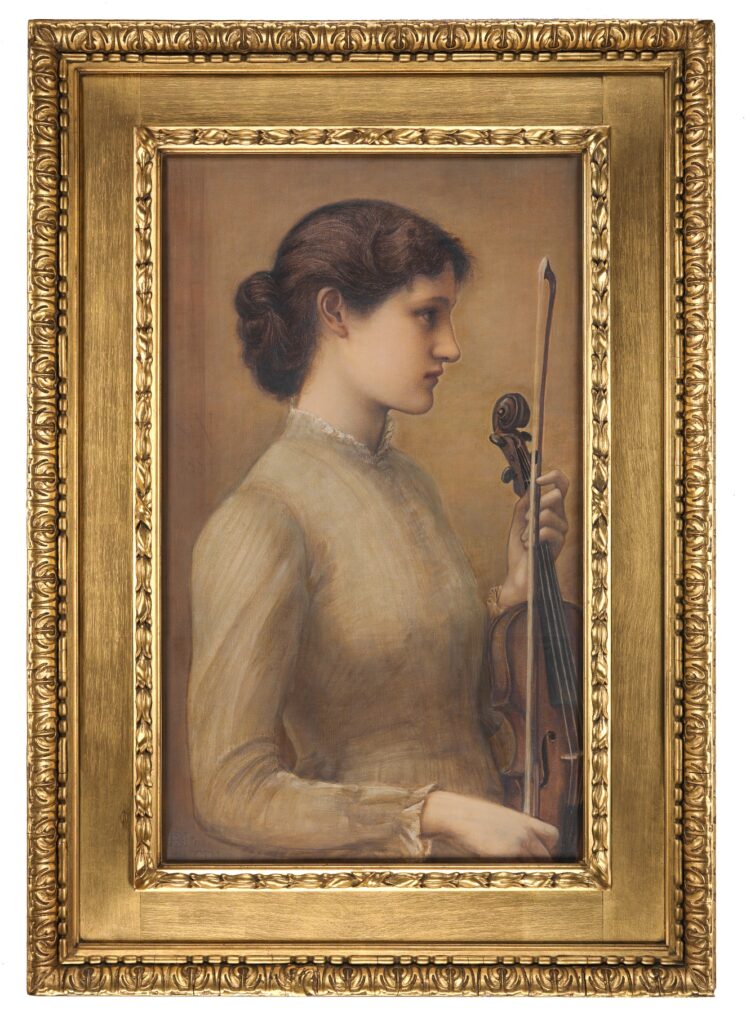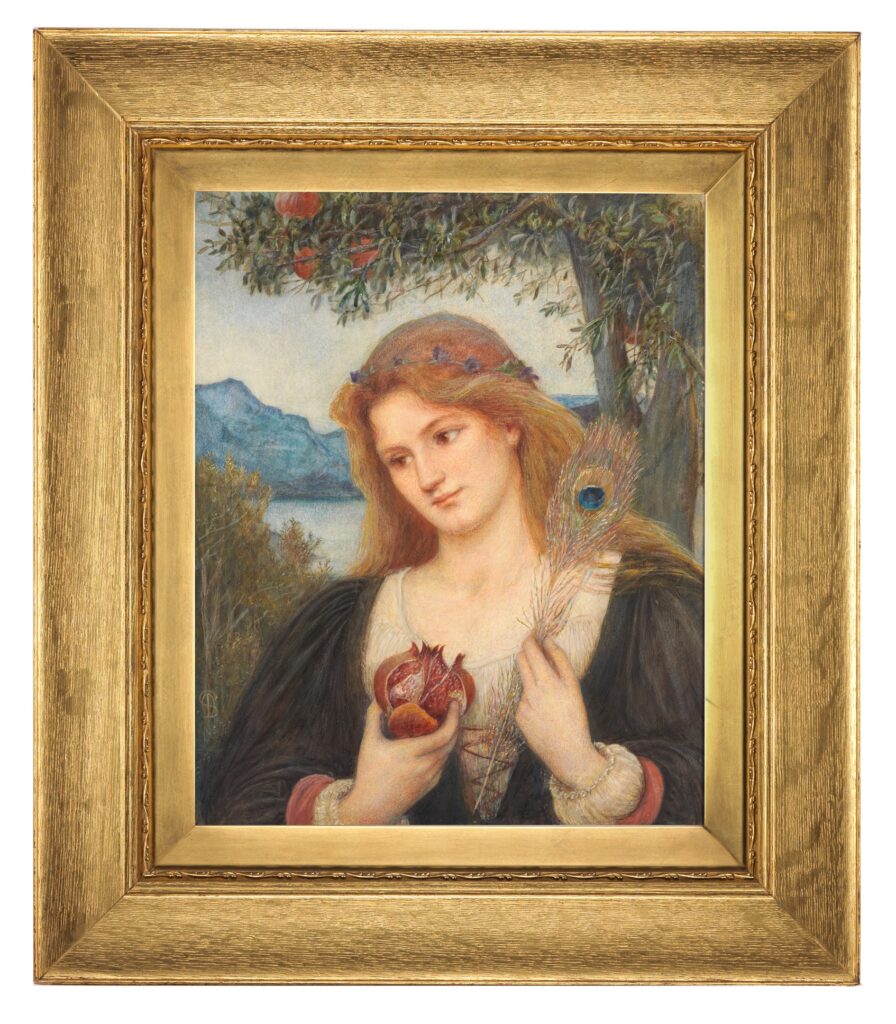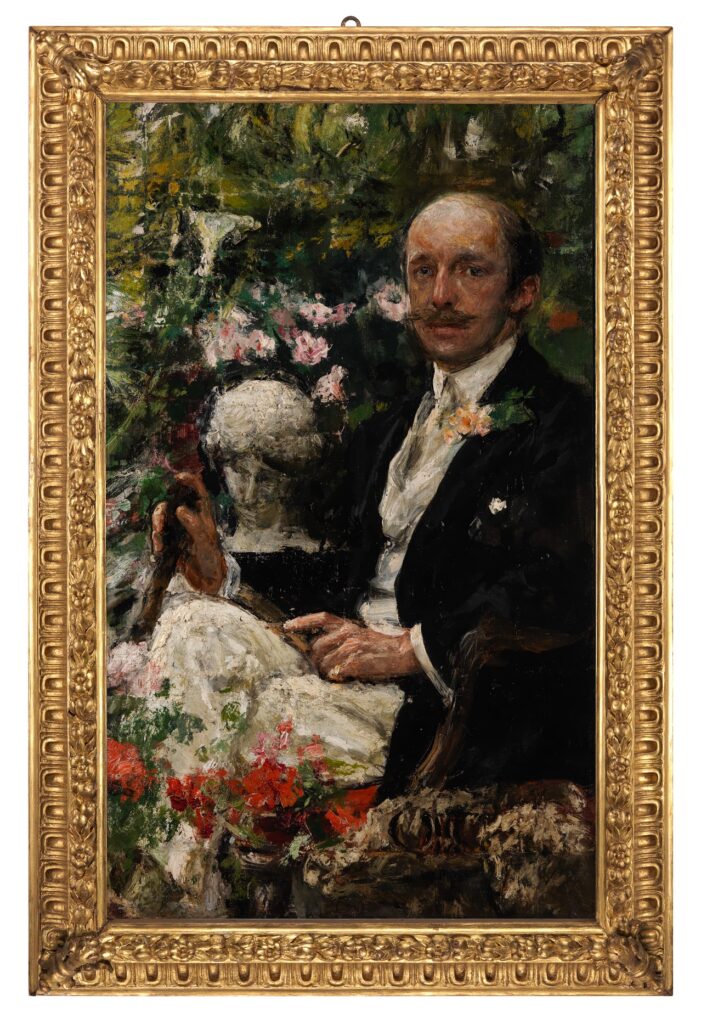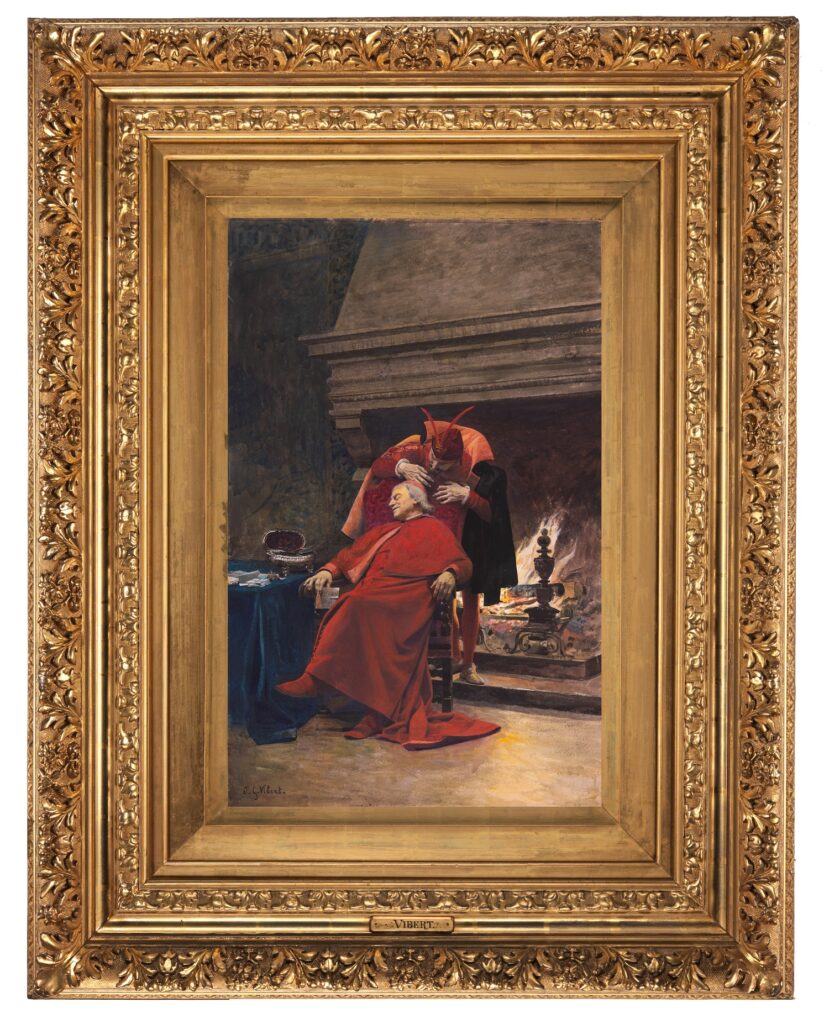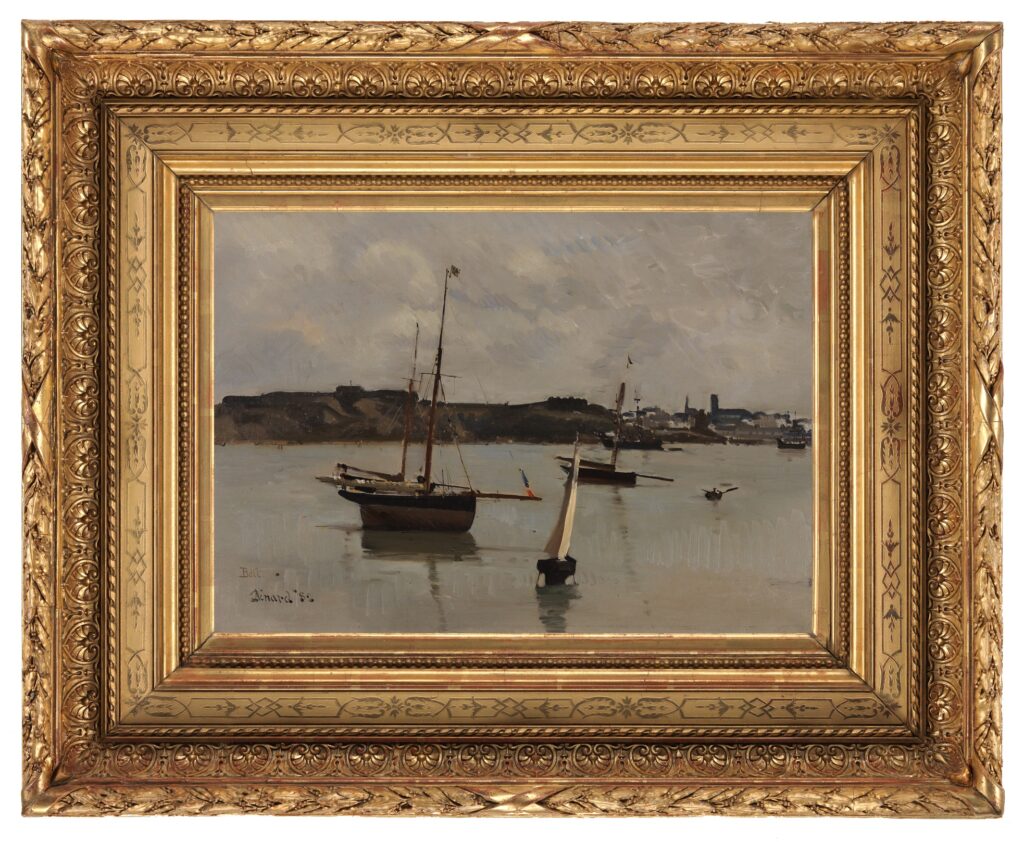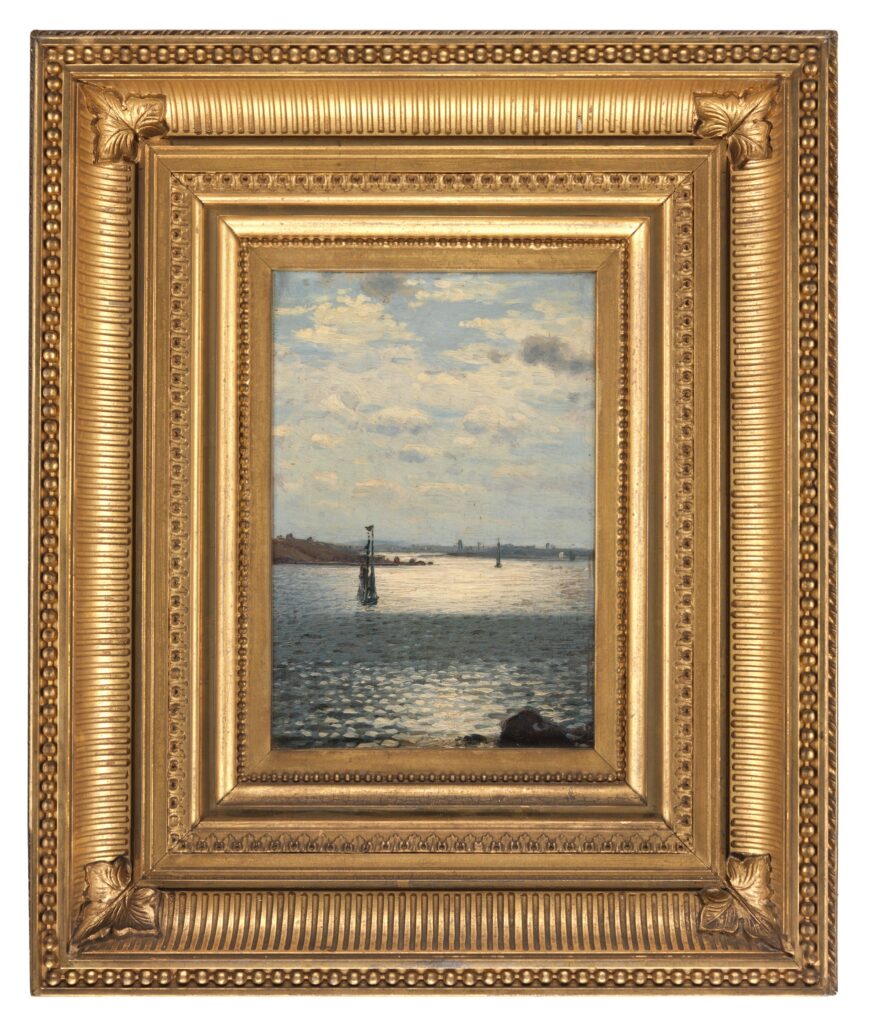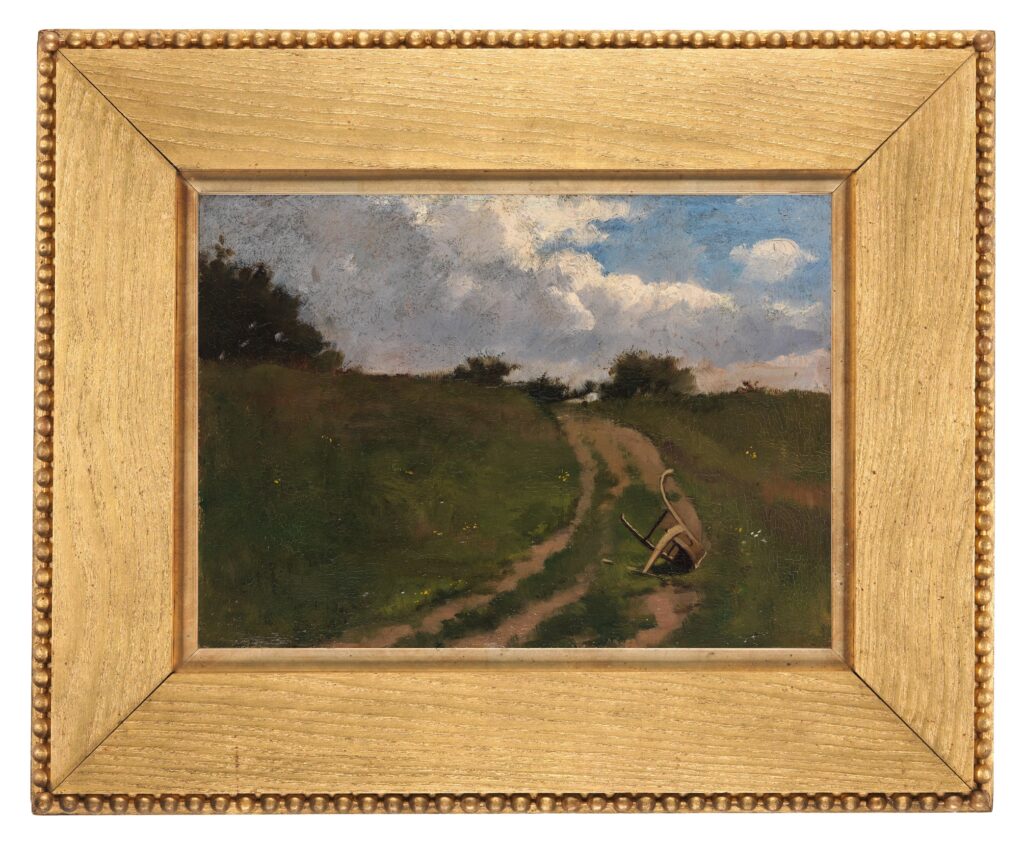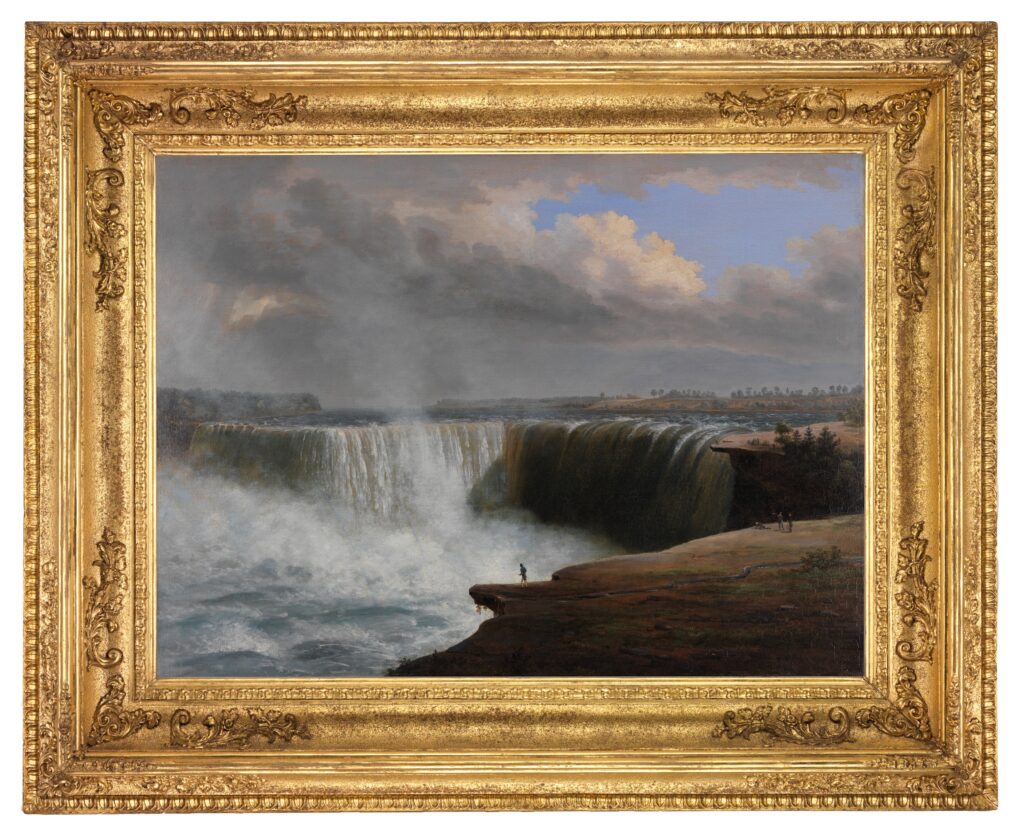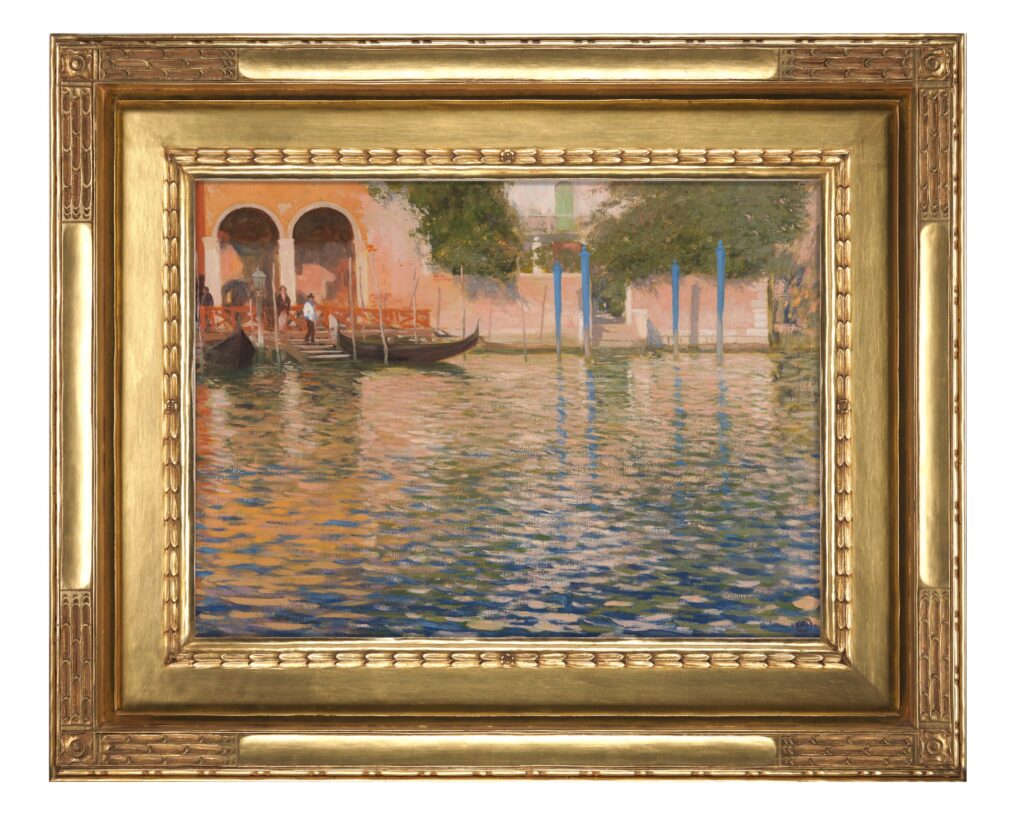 Eustis Estate
Eustis Estate
The Wide World
Gallery Four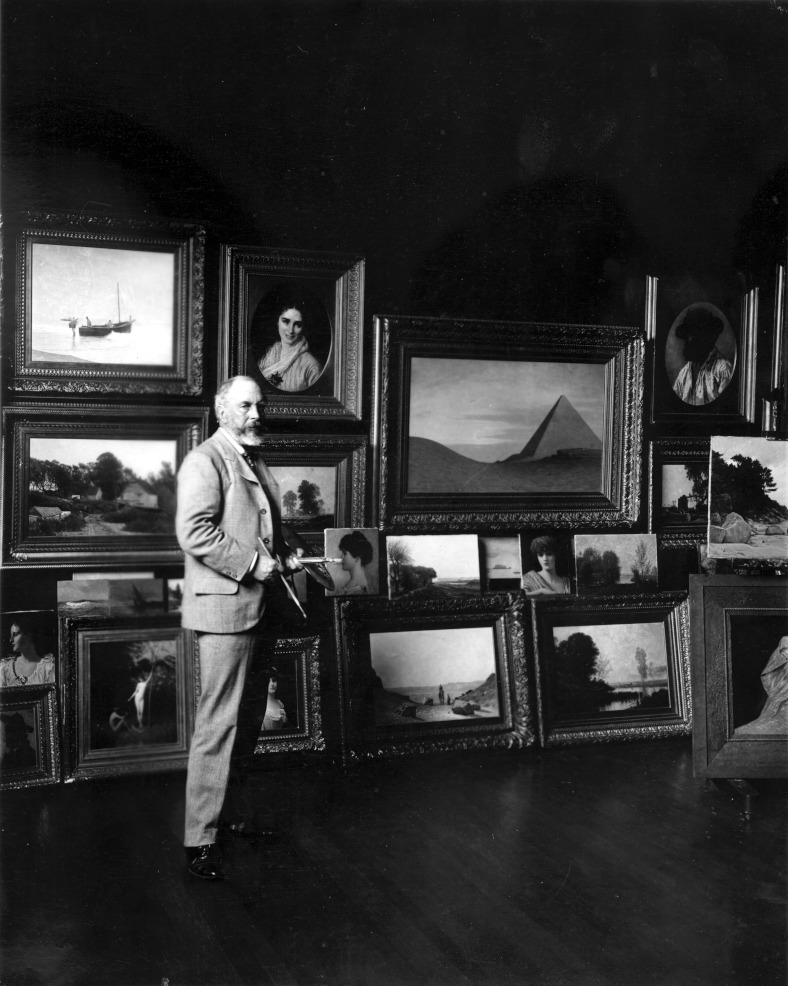
New Englanders have always looked beyond the region to engage with the world outside. One driving force has been international trade, thanks especially to New England’s maritime prowess; this factor is glimpsed here in a scene from China, where so many mercantile fortunes were made. There has also been an openness to incoming ideas and art forms, particularly through the region’s many institutions of higher learning. When we factor in the growing taste for foreign travel and easier transatlantic crossings in the nineteenth century, this gallery’s artworks make sense. A unique story is told on the wall that highlights the cosmopolitan family of Harvard University professor Charles Eliot Norton (1827–1908). There is even a reminder that—for some New Englanders—venturing to Niagara Falls in upstate New York was also an exotic experience.
For a closer look at the paintings in this gallery, click on the images below and use the zoom feature. Some of the paintings have even more information, including historical photographs, additional context, and a glimpse into the work of the conservation lab. (If the images or text seem too small or large in your browser, try clicking ctrl and + or – key to adjust.)
Gallery 1: Land and Sea Gallery 2: At Home Gallery 3: New England’s People Gallery 4: The Wide World
Macau and the Praya Grande, Looking North
Unknown artist
Macau, China, 1848–58
Oil on canvas
23 x 36 in.
Gift of William P. Dudley
1932.306
After the American Revolution, trade with China played a key role in the development of New England’s economy. New England ships took ginseng from the Appalachian Mountains or furs from the Pacific Northwest to sell in China; they returned with cargoes of silks, porcelain, tea, and luxury furnishings. Sets of paintings showing scenes along the Pearl River delta proved especially popular. This example depicts the harbor at Macau during the middle years of the China trade.
Sara Norton (1864–1922)
Edward Burne-Jones (1833–1898)
London, 1884
Oil on canvas
43 ¼ x 30 ¾ in.
Bequest of Susan Norton, the sitter’s niece
1990.93
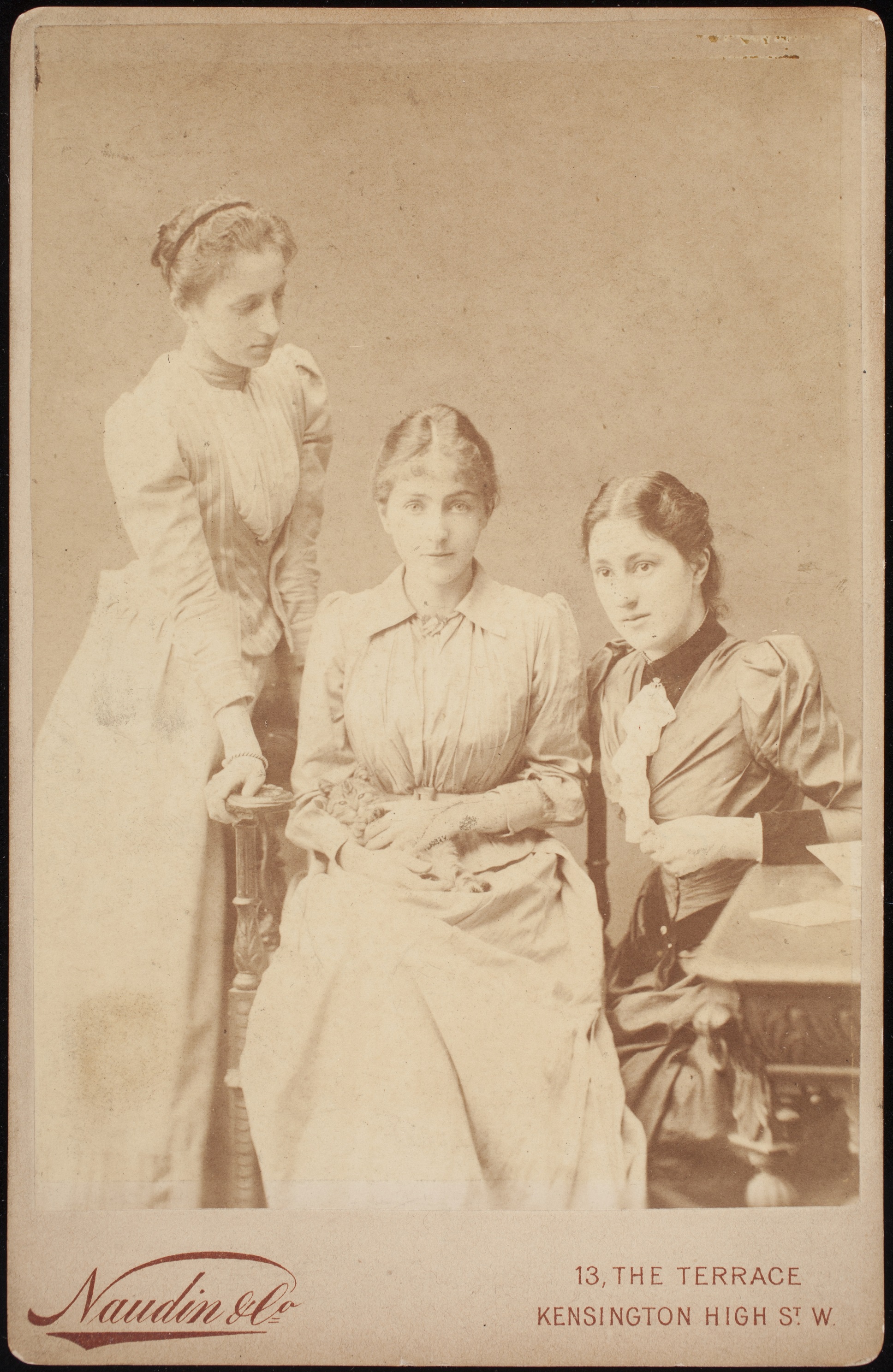
Sara Norton was at the center of New England’s privileged class, the kind of Bostonian equally at home in drawing rooms on either side of the Atlantic. Her portrait was painted by Edward Burne-Jones, a family friend and one of the most successful artists in England. He created it for Sara’s father, Charles Eliot Norton (1827–1908), a Harvard University humanities professor, editor of North American Review, founder of The Nation, and frequent contributor to The Atlantic Monthly, recognized as one of the leading minds of his generation.
Hera
Marie Spartali Stillman (1844–1927)
Rome, late 1880s
Watercolor, gouache, likely waterglass (sodium silicate), on paper stretched on wood panel
28 ¼ x 24 5/8 in.
Bequest of Susan Norton
1990.202
This painting descended in the Norton family whose members had deep connections to European artists and intellectuals. The London trained artist of this painting developed similar transatlantic connections when she married American journalist W. J. Stillman.
After her marriage Stillman lived in Italy where she immersed herself in Renaissance culture. She painted dreamlike images of women that epitomized her generation’s notion of ideal beauty—long limbs and fingers, flowing red hair. Here her model holds a pomegranate and peacock feather, both attributes of the goddess Hera. As Hera was the patron of brides, this may have been intended as a wedding gift.
Richard Norton (1872–1918)
Antonio Mancini (1852–1930)
Rome, c. 1905
Oil on canvas
47 1/8 x 31 ½ in.
Bequest of Susan Norton, the sitter’s daughter
1990.104
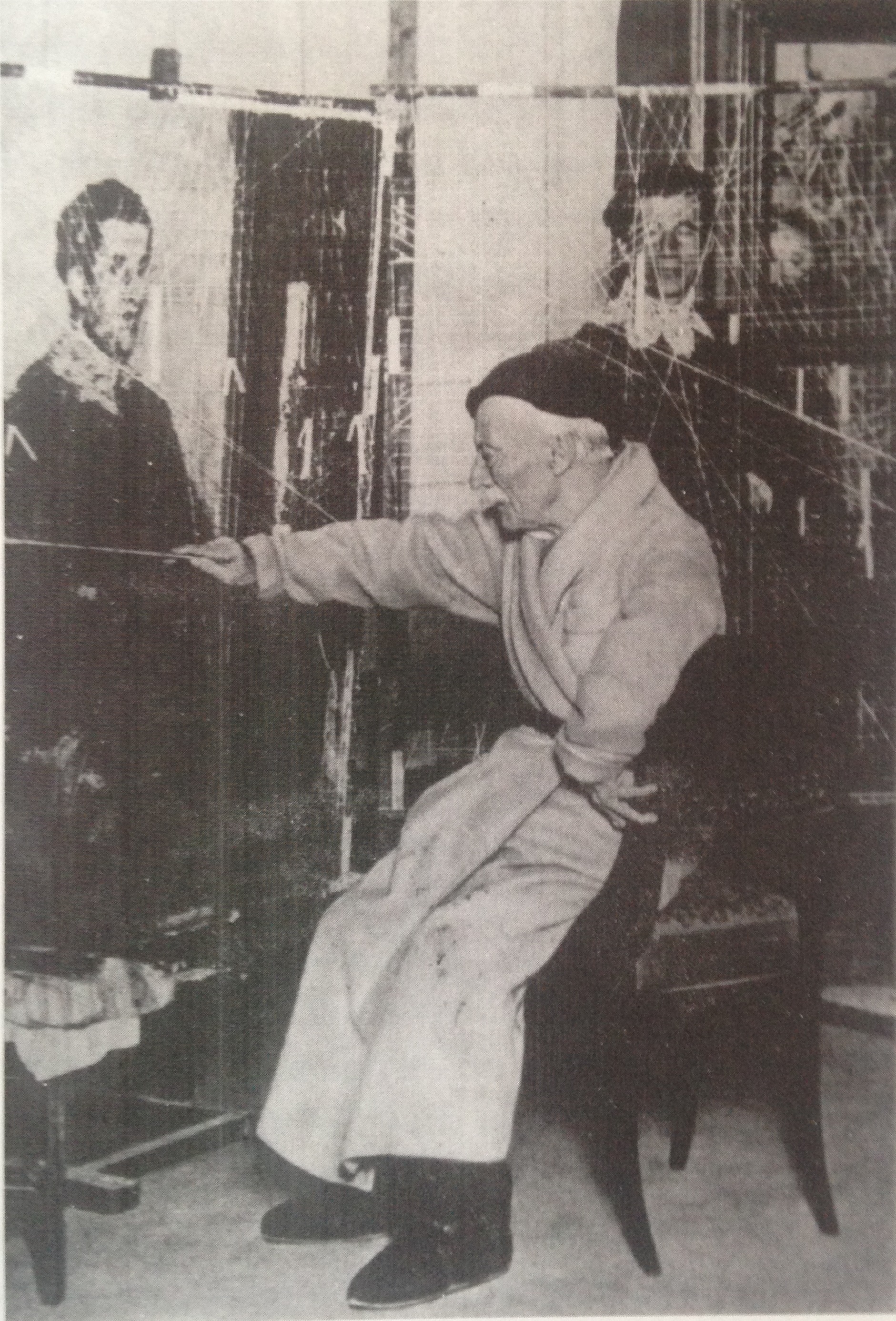
As a son of Harvard University professor Charles Eliot Norton, Richard Norton was destined to be cosmopolitan. He was the director of the American School of Classical Studies at Rome when he commissioned this portrait. Mancini was a daring choice: the Italian artist suffered from mental illness but was championed by John Singer Sargent, who introduced him to American patrons like Isabella Stewart Gardner.
Mancini’s colorful scratchings on Norton’s face are bold; even less conventional are the exuberant brushstrokes of lush foliage. In the photograph above, you can see his unique grid method of painting.
Dreams of the Past
Jehan-Georges Vibert (1840–1902)
Paris, mid-1880s
Watercolor and gouache on paper
43 ¼ x 34 in.
Bequest of Elizabeth Elwyn Langdon
1966.372
Vibert was a Frenchman famous for scenes of richly dressed Catholic priests behaving badly. His prestige was especially high in America, where upper-class Protestant collectors harbored anti-Catholic sentiments. This scene’s title suggests there is a backstory to this cardinal, who seems to have been re-reading some letters. A faint smile crosses his dreaming face, which is being studied by a well-dressed demon whose malice is underscored by the fireplace’s flames.
The artist, whose initials appear in the cardinal’s inkwell, invented products for painters, including the pigment “Vibert’s red,” a vibrant color used in many of his works.
Psyche
Hiram Powers (1805–1873)
Florence, 1849
Marble
25 x 19 ¼ x 10 in.
Bequest of Dorothy S. F. M. Codman
1969.771
Vermont-born sculptor Hiram Powers moved to Florence in 1837 to solidify his training. His studio there attracted a loyal clientele of travelers from New England, among them Nathaniel Hawthorne, who rhapsodized when he saw this bust: “A light … seems to shine from the interior of the marble, and beam forth from the features.” The figure is Psyche, a Greek goddess personifying the human soul. Powers’s sculpture evoked classical ideals of female beauty and had great appeal in the nineteenth century. In the image below, the sculpture is between the windows in the Codman Estate Drawing Room.
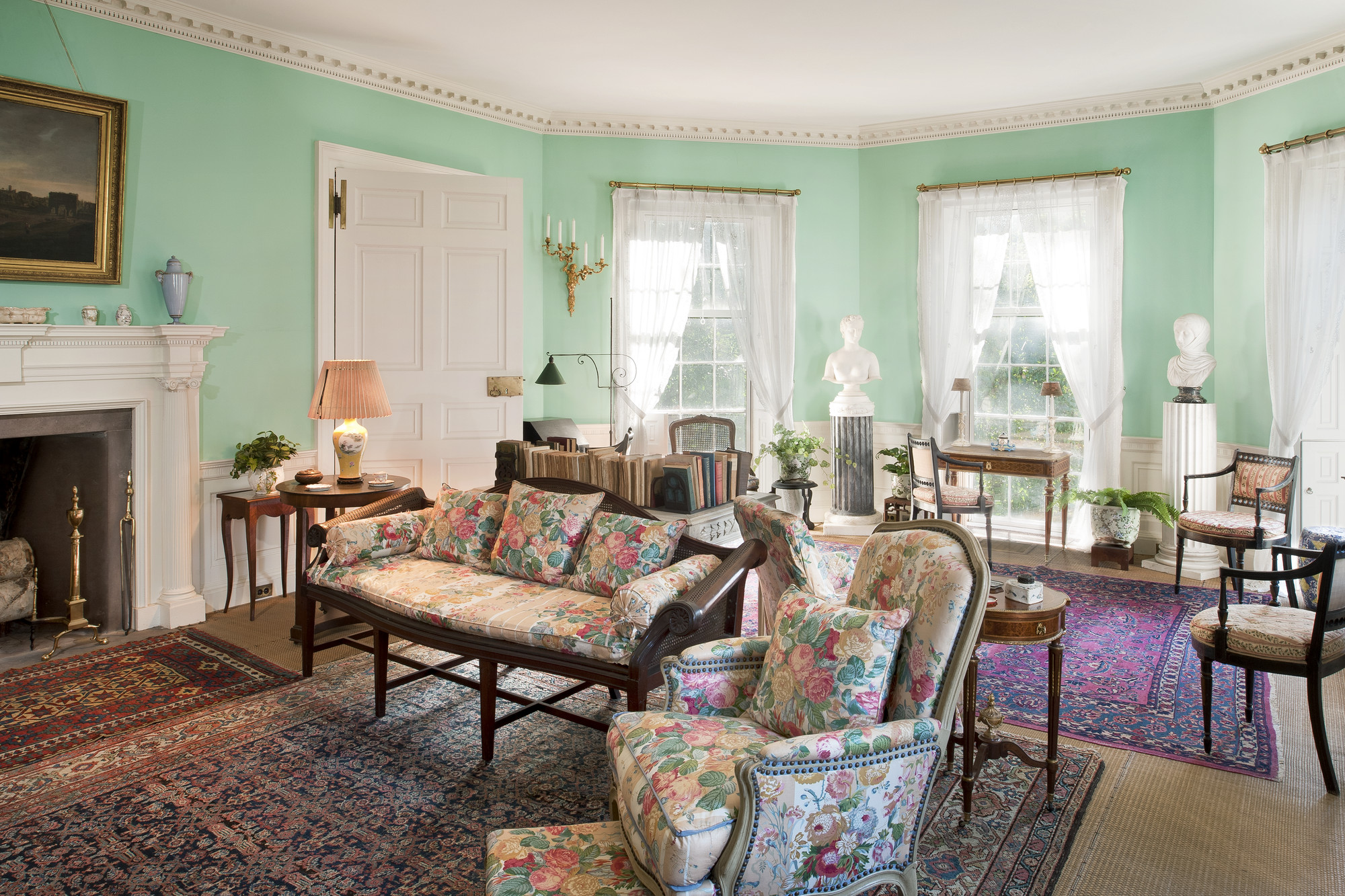
St. Servan Harbor
Edward Darley Boit (1840–1915)
Dinard, Brittany, France, 1882
Oil on canvas
23 x 28 1/8 in.
Gift of Dorothy S. F. M. Codman
1969.829
After the Great Boston Fire of 1872 destroyed much of his real estate holdings Ogden Codman Sr. (1839–1904) moved his young family to the French seaside resort of Dinard. There the Codmans met artist Edward Darley Boit and his family who also had moved there from Boston. A few years later when the Codmans returned to live in Massachusetts, this painting by Boit came with them.
Although a competent artist himself, Boit is best known for the famous portrait of his daughters painted in Paris by John Singer Sargent—now a beloved treasure at the Museum of Fine Arts, Boston.

Harbor at Sunrise
Unknown artist
France, 1860–80
Oil on panel
13 1/8 x 11 in.
Gift of Dorothy S. F. M. Codman
1969.822
Although we cannot confirm its maker, whose initials appear at lower right, this painting deserves admiration for the lively brushstrokes that animate dozens of clouds in the sky, and also the waves on which sunlight gleams. It has long hung at the Codman Estate in Lincoln, Massachusetts—home to Edward Darley Boit’s Dinard scene in this gallery. Might this also depict Dinard, a place meaningful to the Codmans? Compare the hilltops and skylines with Boit’s painting in this gallery.
Landscape at Cortina
Sarah Wyman Whitman (1842–1904)
Cortina d’Ampezzo, Italy, 1877–90
Oil on board
16 ½ x 20 ¼ in.
Gift of Julia Richardson
1966.399
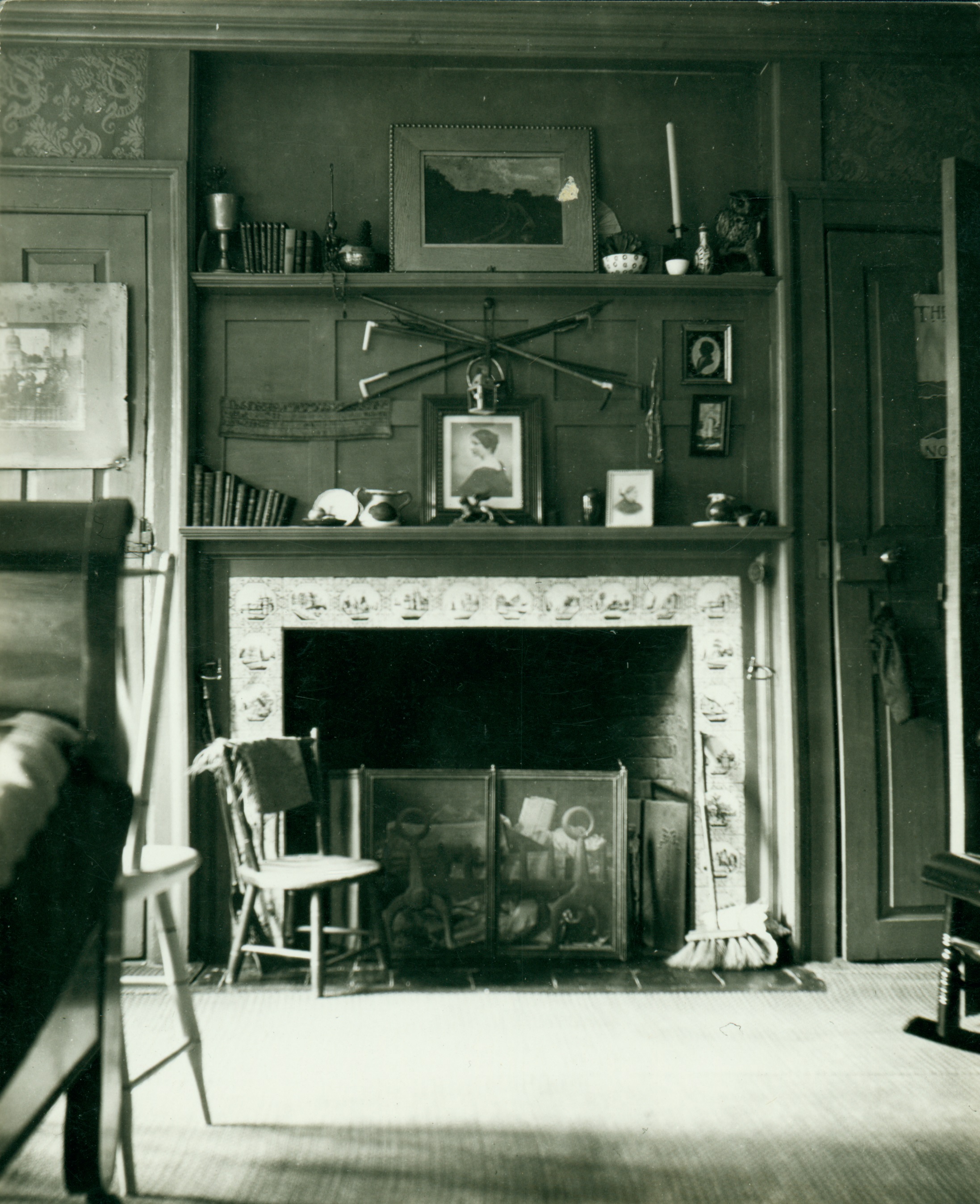
This painting has long graced the South Berwick, Maine, bedroom of writer Sarah Orne Jewett (1849–1909) at Historic New England’s Jewett House. Among Jewett’s large circule of femail friends was Sarah Wyman Whitman, who painted this scene in Italy’s Dolomite Mountains. The abandoned plough on which the painting is focused may have appealed to Jewett, whose writing celebrated the earnest labor of Maine farmers.
Whitman studied with leading painters and eventually became one of the country’s most influential book designers. She was the lead designer for the Boston publisher Houghton Mifflin Company and designed virtually all the covers of Jewett’s books.
A View of the Western Branch of the Falls of Niagara, Taken from Table Rock
Attributed to John Vanderlyn (1775–1852)
Probably New York, after 1801
Oil on canvas
34 x 42 in.
Bequest of Dorothy S. F. M. Codman
1969.778
For early nineteenth-century New Englanders, the Falls of Niagara were a perfect symbol of the new nation. Powerful and beautiful at once, they were evidence of the awesome majesty and potential of the country. In 1801, John Vanderlyn became the first academically trained American artist to paint Niagara. He commissioned engravings to be made from his paintings and these found their way into countless American homes including Historic New England’s Quincy House, in Quincy, Massachusetts. During the ensuing years, Vanderlyn painted a number of copies of his original version. This is thought to be one of the later ones.
Note the print of this same view of Niagara on the back wall at left in the painting below. Click on the painting to get a closer look.
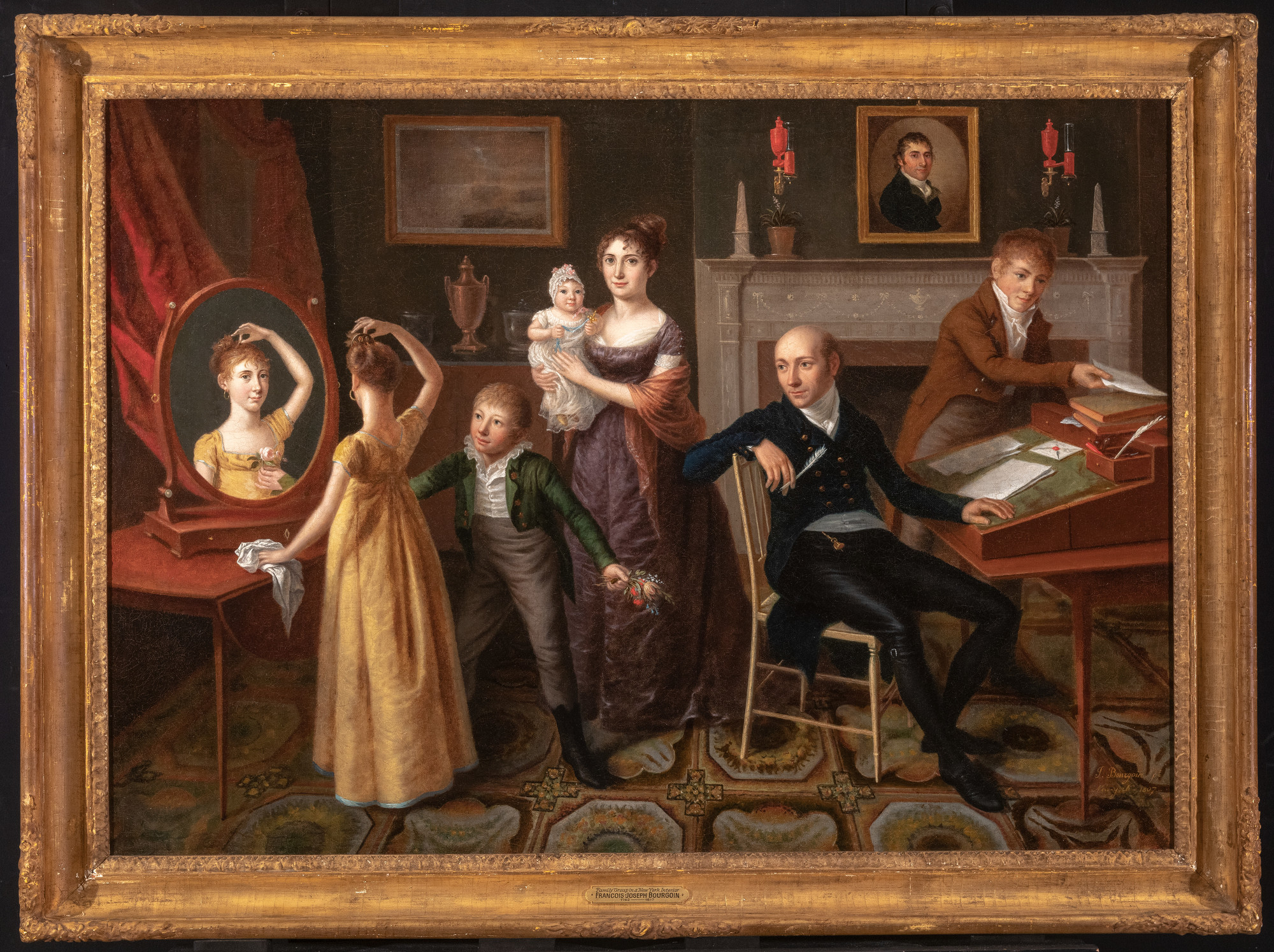
Venice
Hermann Dudley Murphy (1867–1945)
Venice, c. 1908
Oil on canvas
31 ½ x 38 5/8 in.
Gift of the Stephen Phillips Memorial Charitable Trust for Historic Preservation
2006.44.592
Hermann Dudley Murphy is known for quiet, almost poetic scenes that avoid strong contrasts of light and shade. After studying at the Boston Museum School and spending five years in France, he became an active member of Boston’s art community. In 1908 he revisited Venice, where he made this scene highlighting the impressionistic shimmer of water. Equally admirable is the hand-carved frame. Inspired by James McNeill Whistler’s belief that frames and paintings should harmonize, in 1903 Murphy cofounded the framing firm of Carrig-Rohane, named after the studio-house he created in Winchester, Massachusetts, that same year.
Piazza San Marco, Venice
Unknown artist
Venice, 1730–90
Oil on canvas
33 x 41 in.
Gift of Dorothy S. F. M. Codman
1969.849
This painting was acquired by Charles Russell Codman (1784–1852), son of John Codman III, whose portrait hangs in the third gallery. Like many connoisseurs, Codman wanted a classic scene of Venice as a marker of his good taste. He initially believed that this work was by Canaletto (1697–1768), but eventually realized that the brushwork lacks that Venetian master’s vitality. He reattributed it to Francesco Guardi (1712–1793), but that was also incorrect. We now believe it was likely done by a follower of Canaletto.
